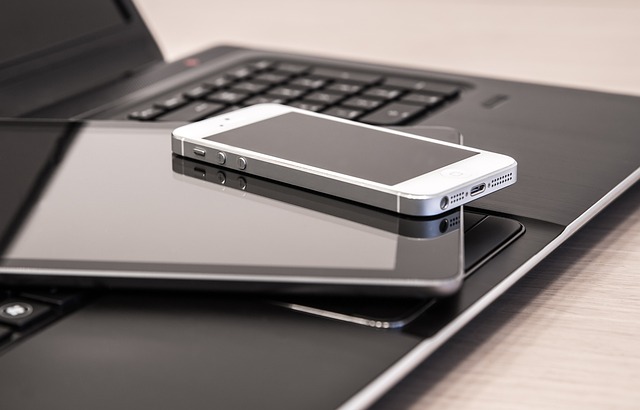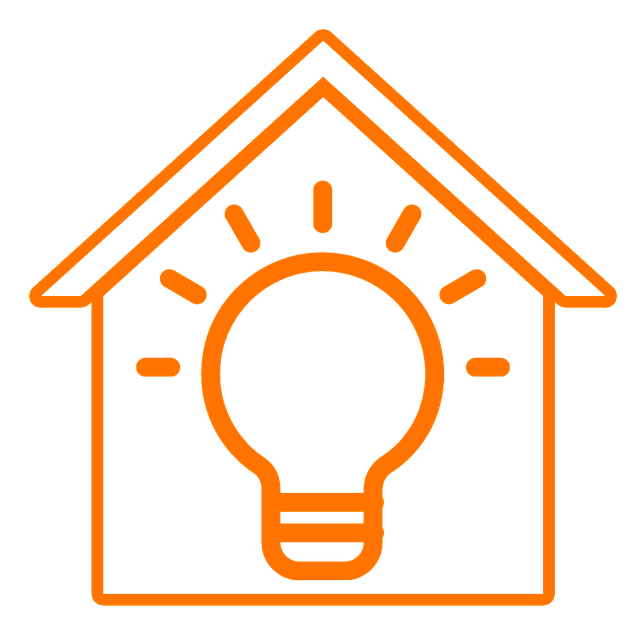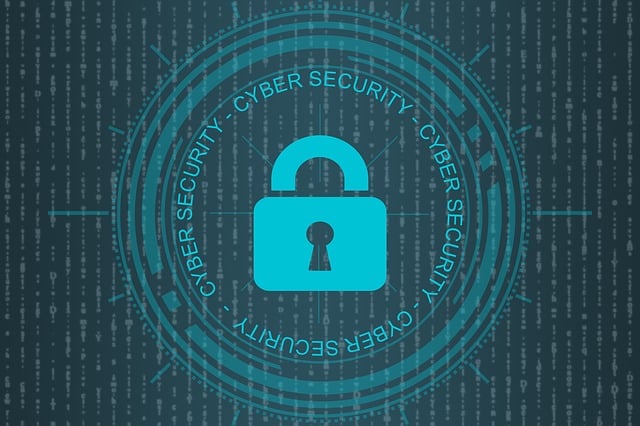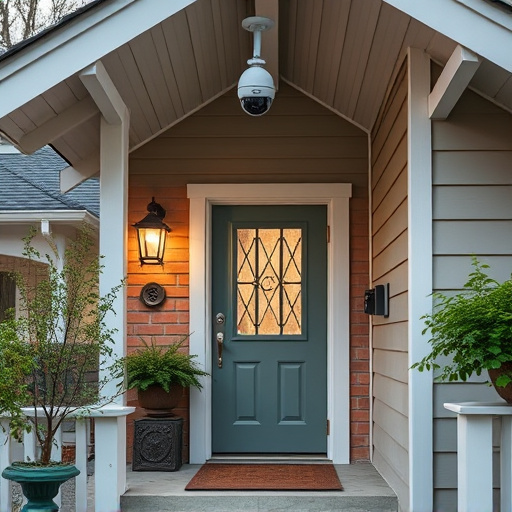Smart home devices are transforming home security by creating an integrated network that connects and monitors various security components. For beginners, setting up these devices involves understanding their roles in a comprehensive system that offers remote control, instant alerts, and proactive measures, ultimately enhancing safety and peace of mind. A beginner's guide to smart safety introduces innovative solutions like smart security systems, voice-controlled assistants, and smart door locks, enabling homeowners to revolutionize their protection through technology.
In today’s digital era, enhancing home protection with smart devices is more accessible and effective than ever. This comprehensive guide offers a beginner’s journey into the world of smart home safety, detailing how devices like security cameras, door sensors, and automated lights can fortify your sanctuary. We’ll explore benefits, essential tools, setup tips, and optimization strategies to ensure you maximize your home’s protection using cutting-edge technology.
- Understanding Smart Home Devices and Their Role in Home Protection
- Benefits of Integrating Home Safety Technology for Beginners
- Essential Smart Home Protection Tools Every Homeowner Should Consider
- Setting Up and Optimizing Your Smart Home Security System
Understanding Smart Home Devices and Their Role in Home Protection

Smart home devices are transforming the way we think about and secure our homes. These gadgets leverage technology to create a connected ecosystem that enhances home safety like never before. From motion sensors and security cameras to intelligent locks and automated lighting, each component plays its part in building a robust defense against potential intruders.
For beginners delving into smart safety, understanding the role of these devices is crucial. Smart home protection isn’t just about installing high-tech gear; it’s about creating an integrated system that can be remotely monitored and controlled. Using these devices allows homeowners to stay vigilant, receive instant alerts, and take proactive measures to secure their properties, making them safer and more peaceful places to live.
Benefits of Integrating Home Safety Technology for Beginners

Integrating smart home devices offers a host of benefits for those new to home safety technology. For beginners, one of the biggest advantages is convenience and peace of mind. With just a few simple setups, you can remotely monitor your home’s security through your smartphone, allowing you to keep an eye on things even when you’re away. This real-time access means you’ll receive instant alerts if any unauthorized entry attempts are made, giving you the power to respond swiftly.
Moreover, smart home protection goes beyond basic monitoring. These devices can enhance your overall home security by providing advanced features like automated locking systems, motion sensors, and intelligent lighting controls. Using smart devices for these tasks not only adds an extra layer of protection but also simplifies your daily routines. For instance, you can set up automatic locks that respond to your presence, ensuring your home is secure without requiring manual effort every time you enter or leave.
Essential Smart Home Protection Tools Every Homeowner Should Consider

In today’s digital era, integrating smart home devices is a game-changer for homeowners seeking enhanced home protection and peace of mind. For those new to this concept, a beginners’ guide to smart safety reveals an array of innovative solutions. The first essential tool is a smart security system that incorporates cameras, motion sensors, and alert notifications. These devices allow homeowners to monitor their properties remotely, receiving instant alerts on their smartphones when any unusual activity occurs.
Additionally, voice-controlled assistants like Alexa or Google Home act as versatile smart home protection tools. They can be programmed to control lighting, adjust thermostats, and even lock doors upon command or at scheduled times. These devices also offer built-in microphones and speakers, enabling two-way communication during emergencies. Meanwhile, smart door locks provide advanced security by allowing access through biometric authentication, code keys, or mobile apps, eliminating the need for physical keys and enhancing entry control.
Setting Up and Optimizing Your Smart Home Security System

Setting up and optimizing your smart home security system is a crucial step in enhancing your home’s safety. Start by identifying areas that need protection, such as entry points, living spaces, and bedrooms. Integrate smart devices like door and window sensors, motion detectors, and cameras to monitor these zones effectively. A beginners guide to smart safety recommends configuring automatic alerts on your smartphone or tablet for instant notifications when sensors are triggered.
For optimal results, use a centralized control panel or app to manage all your smart home devices seamlessly. Regularly update firmware and security protocols to patch vulnerabilities and ensure the highest level of protection. Additionally, consider setting up scenarios or routines that automate tasks like turning off lights and locking doors at specific times or when you leave home. Using smart devices in this manner can significantly bolster your home’s safety and provide peace of mind.






